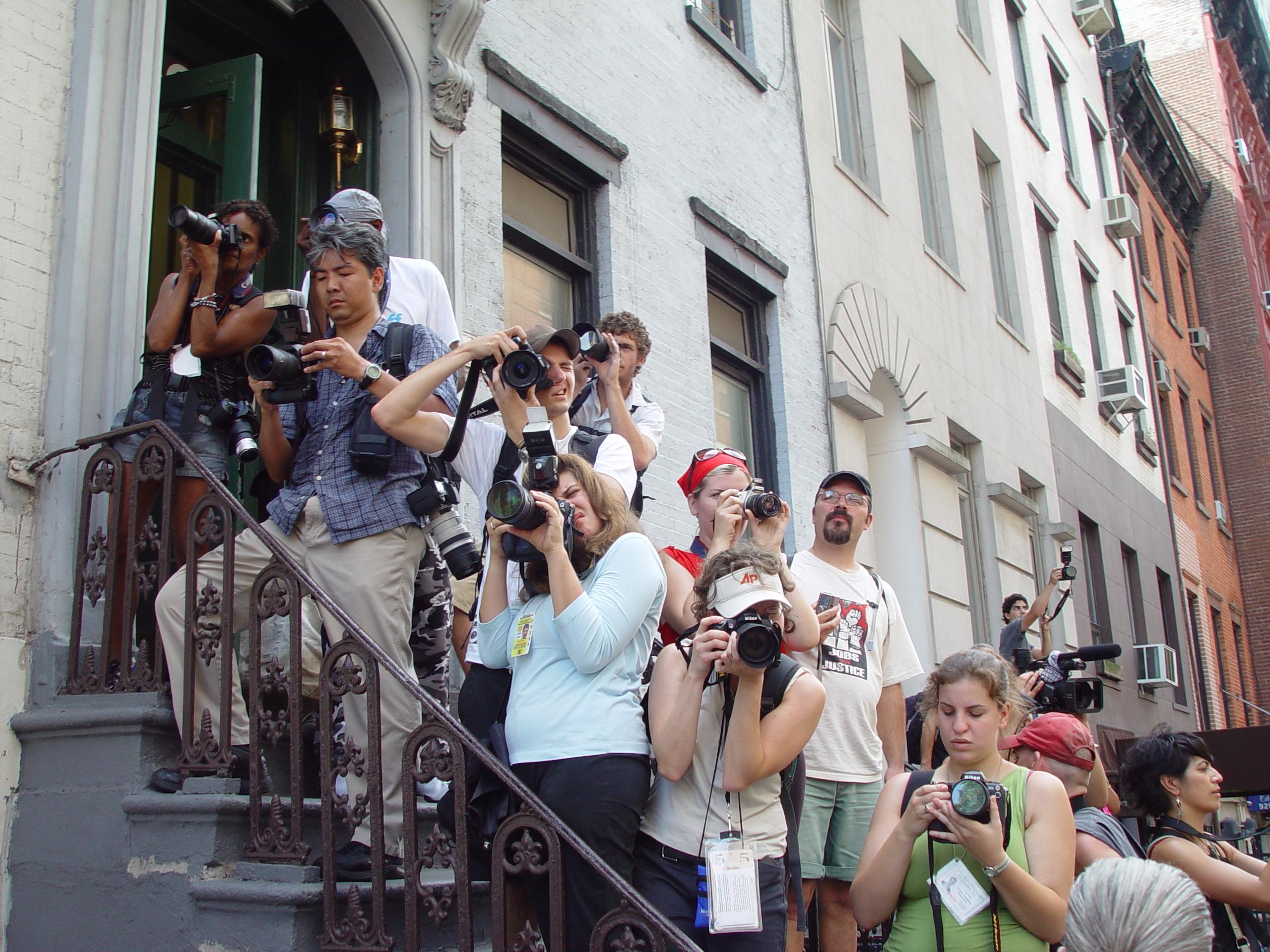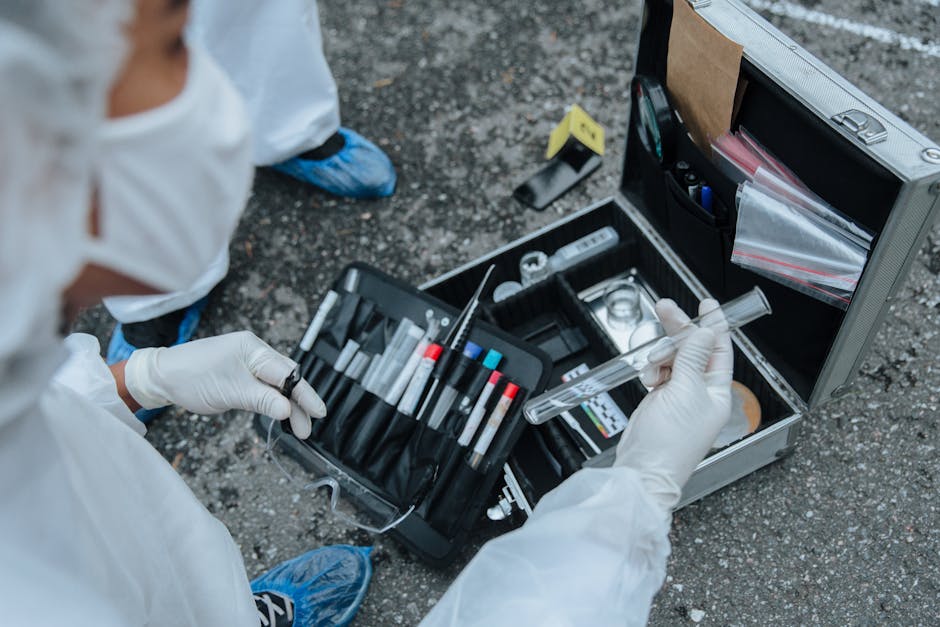- America’s Forgotten Terror Attacks - April 10, 2025
- The Hidden Link Between Real Estate and Organized Crime in the U.S. - April 10, 2025
- Organized Crime in the U.S. Postal System: An Unlikely Criminal Pipeline - April 10, 2025
The Case Overview

The Amanda Knox case is one of the most perplexing and sensational criminal cases of the 21st century. It centers around the murder of British student Meredith Kercher in 2007, in the picturesque town of Perugia, Italy. Amanda Knox, an American exchange student, and her then-boyfriend, Raffaele Sollecito, were accused of the crime, thrusting them into a whirlwind of legal battles and media scrutiny. In 2009, Knox was convicted and sentenced to 26 years in prison, only to have her conviction overturned by Italy’s highest court in 2015, citing insufficient evidence. This chapter sets the stage for understanding the key events that led to the trial and the series of appeals that followed.
The Media Circus

The media’s role in the Amanda Knox case cannot be overstated. With headlines branding her as a “femme fatale,” the press created a narrative that often overshadowed the actual facts. Sensationalized reporting focused on Knox’s demeanor, her personal life, and even her appearance, which contributed to a deeply divided public opinion. This chapter delves into how the media’s portrayal of Knox influenced not just public sentiment but also the judicial process itself. Examples of misleading headlines and biased commentary highlight the media’s power in shaping perceptions and the potential consequences of such influence.
The Trial and Conviction

In 2009, Amanda Knox was convicted primarily on circumstantial evidence. The prosecution presented DNA evidence found on a knife and a bra clasp, claiming it linked Knox to the crime. The case was built around the theory of a sexual assault gone awry. However, many forensic experts criticized the evidence as flawed and unreliable, pointing out issues like contamination. This chapter explores the trial’s proceedings, the evidence presented, and the legal arguments from both sides, painting a picture of a case fraught with controversy and doubt.
The Appeal Process

Following her conviction, Knox and Sollecito embarked on a tumultuous appeal process. In 2011, their sentences were reduced, only for the Italian Supreme Court to reinstate the convictions in 2014, citing procedural errors. The legal journey was riddled with twists and turns, including a retrial that eventually led to Knox’s acquittal in 2015. This chapter outlines the complexities of the appeals, highlighting the legal battles and the emotional toll it took on those involved.
The Role of Forensics

Forensic evidence was crucial in the Amanda Knox case, but its reliability has been heavily scrutinized. Critics argued that the handling of DNA evidence was mishandled, with claims of contamination and misinterpretation. This chapter examines the forensic techniques used during the investigation and the debates surrounding their validity. Expert opinions and studies are referenced to provide a comprehensive look at the forensic elements that played a pivotal role in the case.
Public Perception and Social Media

The rise of social media during the Knox case significantly altered the landscape of public opinion. Platforms like Facebook and Twitter allowed for rapid dissemination of information, often resulting in misinformation and speculation. This chapter discusses how social media influenced the narrative around Knox, including the emergence of online campaigns supporting her innocence and the backlash she faced. It highlights the power and pitfalls of social media in shaping public perception.
Knox’s Life After Acquittal

After her acquittal, Amanda Knox returned to the United States and embarked on a journey of advocacy. She became a vocal advocate for wrongful convictions and criminal justice reform, sharing her story through a memoir and various media projects. This chapter highlights Knox’s life post-acquittal, her efforts to raise awareness about the justice system’s flaws, and her quest for personal redemption.
The Impact of the Case on Italian Law

The Amanda Knox case sparked significant debates about the Italian legal system and its handling of high-profile cases. Critics argue that the case exposed flaws in the judicial process, such as reliance on circumstantial evidence and media influence on trials. This chapter explores the legal reforms and discussions that emerged in Italy as a result of the case, shedding light on the broader implications for the justice system.
Ongoing Controversies and Discussions
Despite her acquittal, Amanda Knox remains a polarizing figure. Some continue to believe in her guilt, while others see her as a victim of a flawed justice system. This chapter examines the ongoing debates surrounding the case, including recent documentaries and articles that revisit the events and their implications. It highlights the enduring fascination and controversy that the case continues to evoke.
Conclusion and Reflections

The Amanda Knox case serves as a cautionary tale about the intersection of media, public perception, and the justice system. It raises important questions about the reliability of forensic evidence, the influence of social media, and the potential for wrongful convictions. This chapter reflects on the lessons learned from the case and the ongoing need for reform in the criminal justice system.




